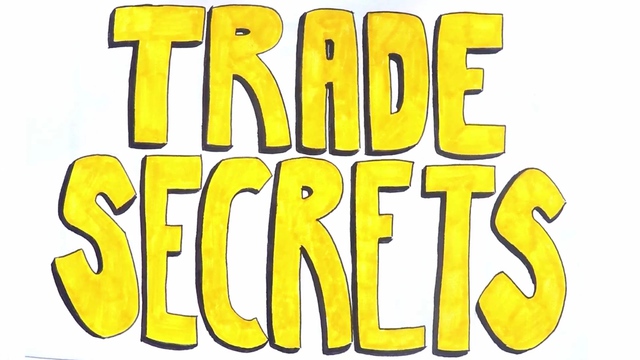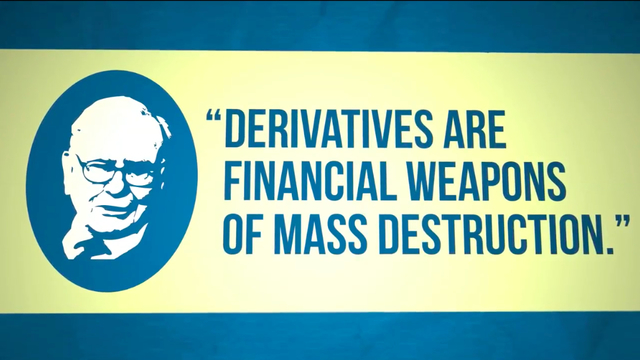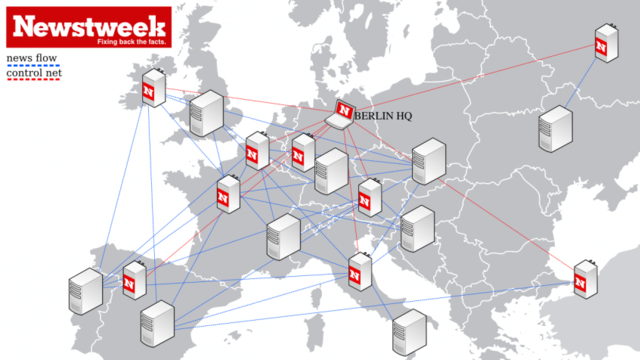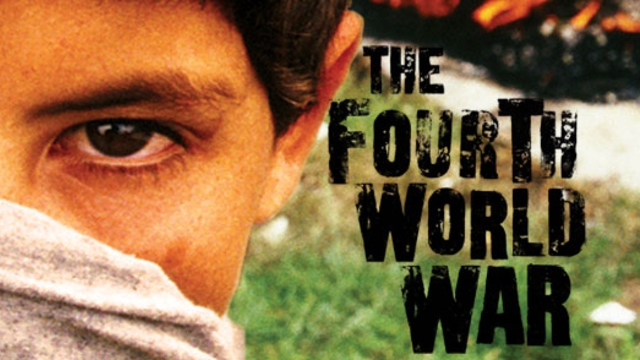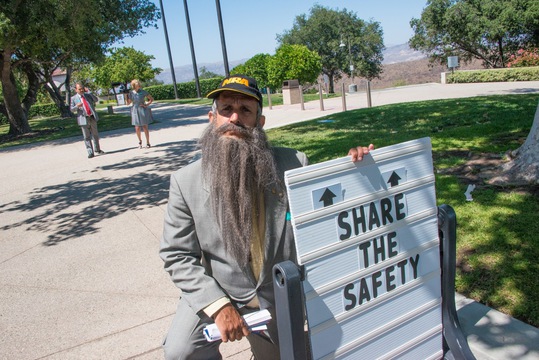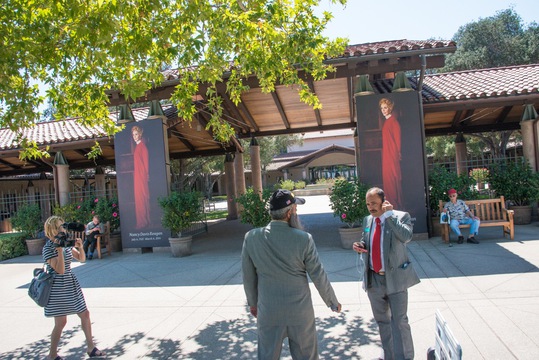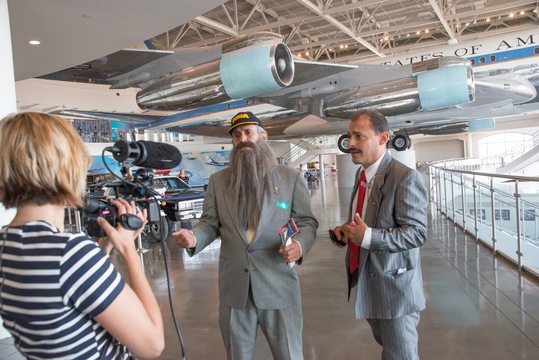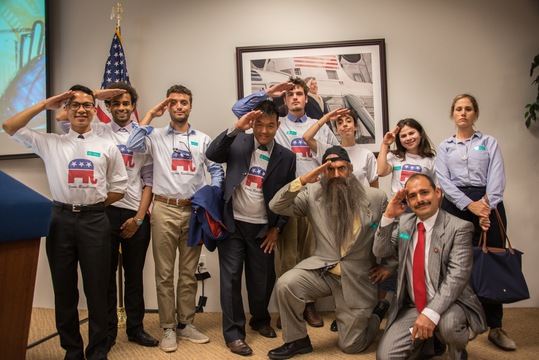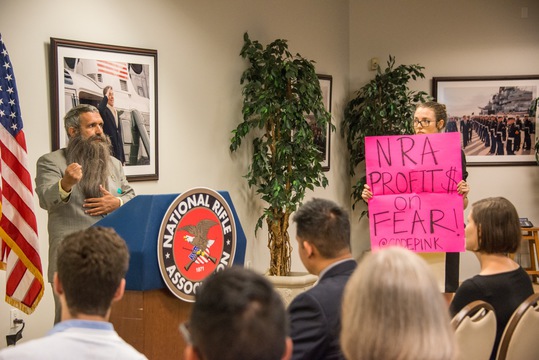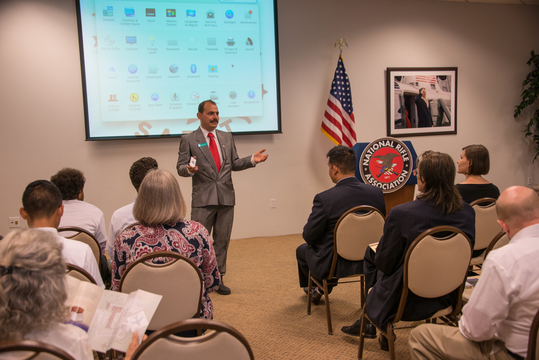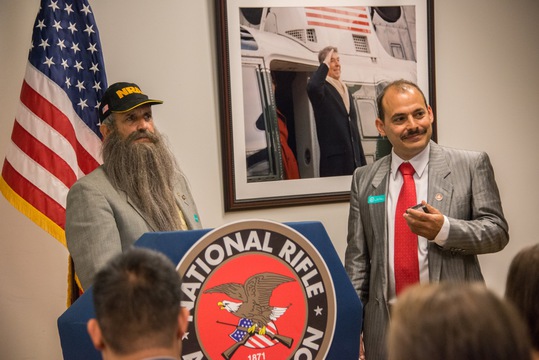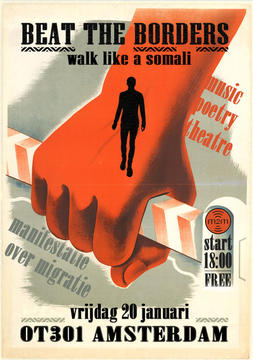article
March 17th, 2005
How did it come to this?
Only a perverse authoritarian logic can explain how Critical Art
Ensemble (CAE) can at one moment be creating the project "Free Range
Grain" for the Risk exhibition at Schirn Kunsthalle in Frankfurt,
reconfiguring it for The Interventionists exhibition at Mass MoCA in a
second moment, and then suddenly have a CAE member in FBI detention.
The U.S. Justice Department has accused us of such shocking crimes as
bioterrorism, health and safety violations, mail fraud, wire fraud, and
even murder. Now, as we retool "Free Range Grain" for the Risk
exhibition at the Glasgow Center for Contemporary Art, the surreal
farce of our legal nightmare continues unabated.
Read
